A dog pooping blood is nothing to take lightly. It’s when you know you should pick up the phone and call the vet. In most cases, your furry friend will be just fine, but you don’t want to take any chances. With that in mind, it’s always a good idea to get familiar with the topic—just so you know what to do if it ever happens. After all, panicking never helps. This article covers the key information to keep in mind, including common reasons and prevention measures.
Types of Blood in Dog Stools and What They Mean
As a dog parent, you should ideally be able to tell apart healthy dog poop from an unhealthy one. This means noticing differences in color and texture—and pinpointing anything that is not supposed to be there, like pieces of toys or blood.
In the case of blood in dog stool, certain details point toward the reason. You can then take the right measures accordingly. Here are the two main types of dog poop blood to keep an eye out for:
Bright Red Blood or Hematochezia
If your dog is pooping blood that’s bright red, the blood is likely coming from the lower part of the digestive tract—the colon, anus, or rectum in particular. Blood that hasn’t traveled the whole digestive tract and undergone the digestive process normally takes this color.
More often than not, hematochezia is accompanied by diarrhea and more frequent visits to the potty. You may notice that the stool is softer or even completely liquid. There might even be times when all you see is blood since the stool is liquid or the gut is empty.
Dark Red Blood or Melena
If you come across dog poop like jelly with blood that is on the darker side, you may be looking into Melena. Dark blood typically comes from the upper digestive tract, also known as the stomach and small intestine. The blood can get so dark that you won’t realize that it’s blood right away, but you’ll notice the difference. Oftentimes, the stool will also be more solid than with hematochezia.

In both cases, your best bet is to contact the vet, you will either provide medication or recommend a procedure.
Common Reasons Dogs Poop Blood
Toxic or Inedible Food or Nonfood
A dog pooping blood may sometimes mean that it ate something toxic or poisonous, and its body is reacting to it. In such cases, you’ll usually see light red blood, accompanied by other symptoms like diarrhea, vomiting, lethargy, or, in extreme cases, seizures. It’s also possible that Fido has gobbled up something like a piece of a toy, a rock, or a bit of your earphones. Foreign objects can sometimes lead to some internal damage—often accompanied by stomach pain.
Allergic Reaction
Another culprit of blood in dog stool is food allergies. Your canine companion may be allergic to an ingredient found in its food, in which case you’ll see other symptoms like vomiting, diarrhea, and skin rashes. Allergies are usually not life-threatening—but can be uncomfortable. With the help of a vet, you can easily shift to food for dogs with allergies and make your pooch feel better.
Wounds
Internal injuries can also cause your dog to poop blood. If the injuries are in the digestive system, the blood will typically be bright red. Injuries elsewhere in the body often result in darker blood. In such cases, Fido will noticeably be in pain and will require a vet’s attention.
Inflamed Bowels
Inflammatory bowel disease (IBD) is common among dogs and is a response to chronic intestinal irritation. In the case of IBD, the blood in your dog’s stool may be bright or dark red. While it’s not an emergency, the correct treatment can give your dog the relief it deserves.
Blocked Intestines
Intussusception, also known as intestinal blockage, is when part of your dog’s intestine slides into an adjacent section—like a telescope folding into itself. This causes blockage and prevents food, fluids, and blood from flowing properly in the body. You’ll also notice some vomiting, diarrhea, and loss of appetite. While this issue sometimes resolves itself without any intervention, most cases require surgery.
Infection
Dogs—and especially puppies—are prone to viral and bacterial infections, which may result in issues like vomiting, lethargy, dehydration, and blood in dog poop. A simple treatment, such as a course of antibiotics, can help you get rid of the infection and allow Fido to return to its normal, healthy self.
Parasites
Worms and parasites in dogs are very common, and they may cause bright red blood in the stool, along with diarrhea and vomiting. While a lot of parasites are not life-threatening, some can be more problematic, requiring immediate medical intervention.
Ulcer
Another issue that results in a dog pooping blood is ulcers, which are open sores or lesions that appear on the lining of the stomach or intestine. These occur when the protective lining is damaged, often due to excessive stomach acid, infections, and medications like anti-inflammatories (NSAIDs). In some cases, your dog may also vomit up blood, lose weight, and have excessive drooling and fever.
Kidney or Liver Disease
If there’s dark blood in your dog’s poop and you’ve been noticing that Fido has been drinking more water than usual, you might be looking into kidney or liver disease or failure. This situation calls for an immediate visit to the vet. The sooner you begin treatment for your pooch, the better.
Pancreatitis
Dark blood in dog stool may, in rare cases, be a sign of pancreatitis—one of the conditions most dog parents dread. Pancreatitis is the inflammation of the pancreas, where the pancreatic enzymes begin devouring the gland. Usually, it is caused by a high-fat diet, obesity, certain medications, or underlying health conditions. You’ll often notice other symptoms like a swollen belly, hunched posture, excessive vomiting, fever, and weakness. If you suspect your dog has pancreatitis, an immediate visit to the emergency room can save its life.
Colitis
A mucus-filled stool with blood can be a sign of colitis, which is the inflammation of the large intestine. In some cases, colitis is caused by an autoimmune disorder. Other culprits include simple inflammations or dietary issues. A vet will recommend the right course of action when it comes to treating colitis.
Addison’s disease
Addison's disease (hypoadrenocorticism) occurs when the adrenal glands don’t produce enough hormones. As a result, your furry friend will have a bloody stool and suffer from weight loss, weakness, and hair loss. With the correct medication, your dog will get better in no time.
Anal Gland Issues
Dogs release a scented liquid whenever they poop as a way to mark their territory. Now, this liquid is stored in the anal glands. When the anal sacs don’t empty as they should, they may get inflamed. This leads to an abscess, which in turn can bleed. Check if your dog is scooting too much or excessively chewing or licking its behind.
Tumors
Tumors, whether cancerous or not, may cause bloody poop that tends to be dark in color. This is often the case with cancerous tumors but has been seen with non-cancerous ones as well. If it’s cancer you’re looking at, you’ll notice weight loss, depression, and an unexplained bad odor. A vet will likely recommend removing the tumor through surgery.

What to Do if Your Dog is Pooping Blood
If you notice your dog is pooping blood, the smartest thing you can do is to call a vet—or better yet, drive your dog to the vet. That’s because you want to rule out anything serious or life-threatening. Even if there’s blood in your dog's stool but it’s acting normal, you don’t want to take any chances. Keep in mind that the bet may ask you to describe the blood and poop, so be prepared to do so. Should you be driving straight to the vet, taking a stool sample with you would be a wise move.
How to Prevent Blood in Your Dog’s Poop
Needless to say, seeing your dog pooping blood is something you want to avoid. You can’t always have complete control over your furry friend’s health, but you can prevent the preventable. For starters, you can make sure Fido is on a healthy diet—and nowhere around unwanted stuff it can chew on and swallow. Regular vet check-ups can help catch health issues early on. This includes staying on top of parasite prevention.
A stress-free environment along with fresh and clean water can keep your dog's digestive system in tip-top shape. And let’s not forget about keeping an eye out for any symptoms of illness.
Conclusion
“Why is my dog pooping blood” is definitely not something you want to find yourself asking. In many cases, blood in dog poop is nothing a quick treatment can’t fix. But sometimes, it might signal a life-threatening situation. If you ever find yourself in this scenario, and we hope you never do, the best thing to do is reach out to a veterinarian, describe the issue, and let the professionals do their job. While it can be a one-time thing, it’s always better to be safe than sorry.


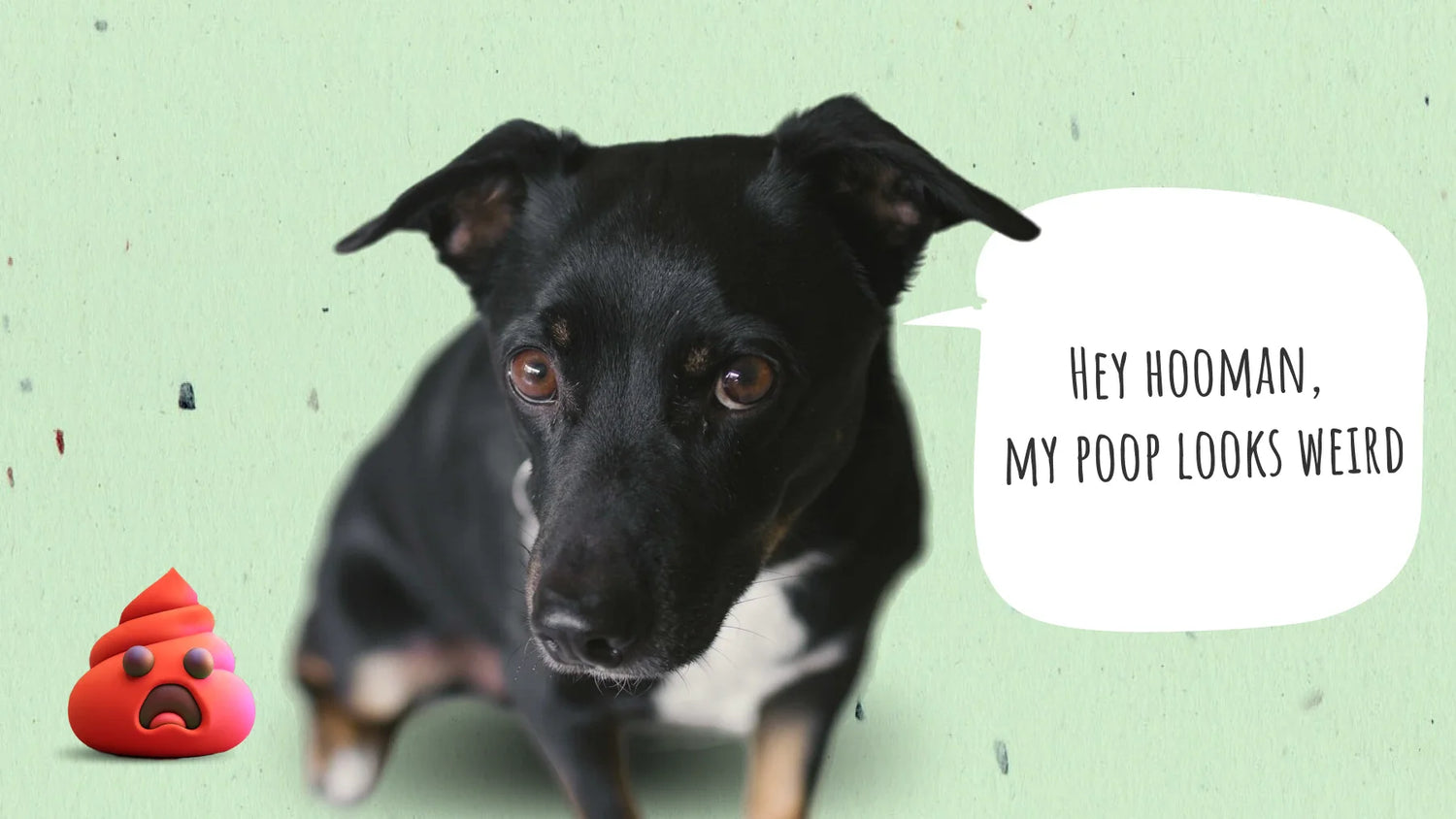

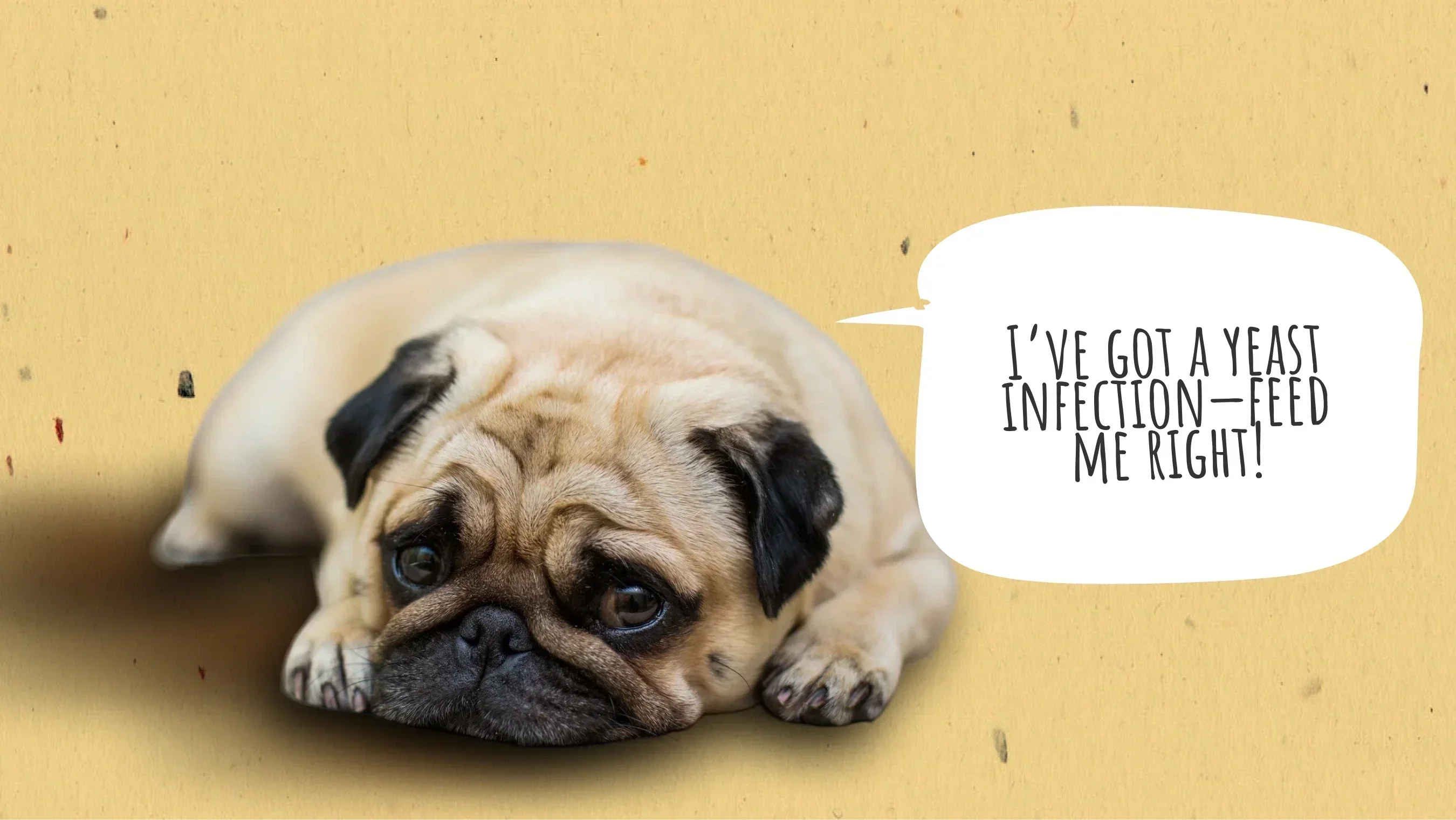
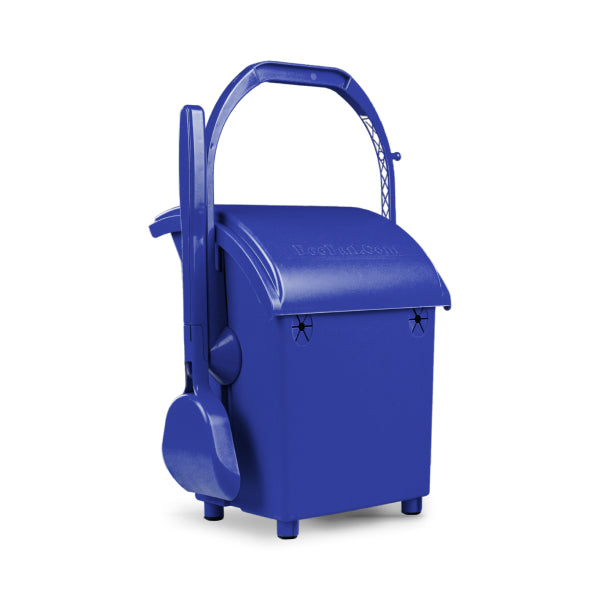

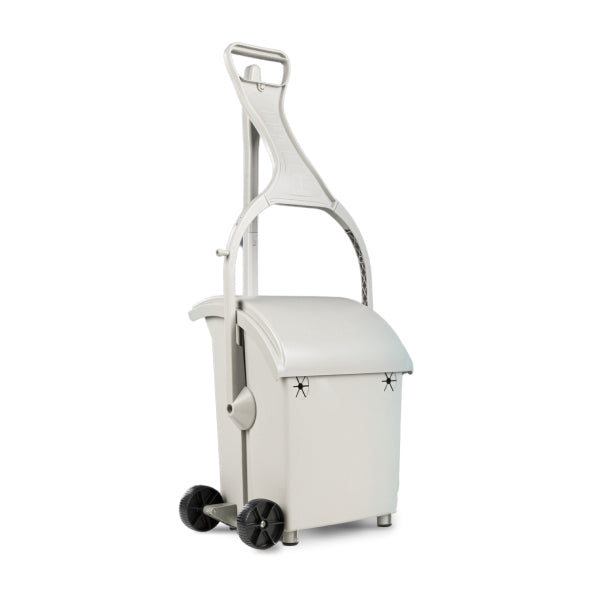

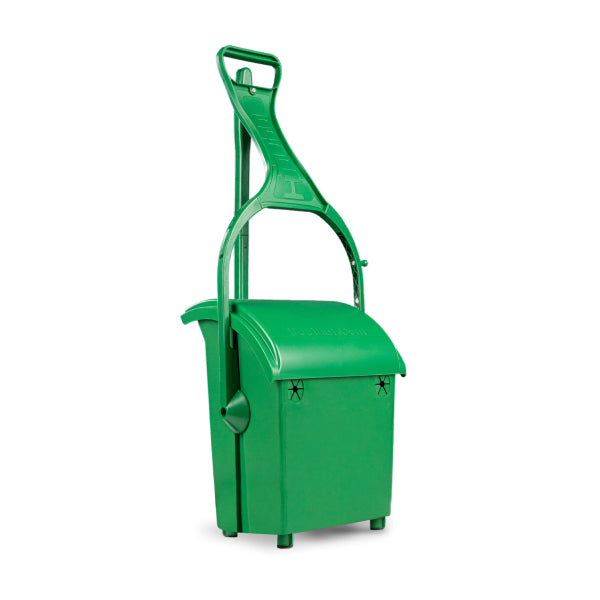





Leave a comment
This site is protected by hCaptcha and the hCaptcha Privacy Policy and Terms of Service apply.